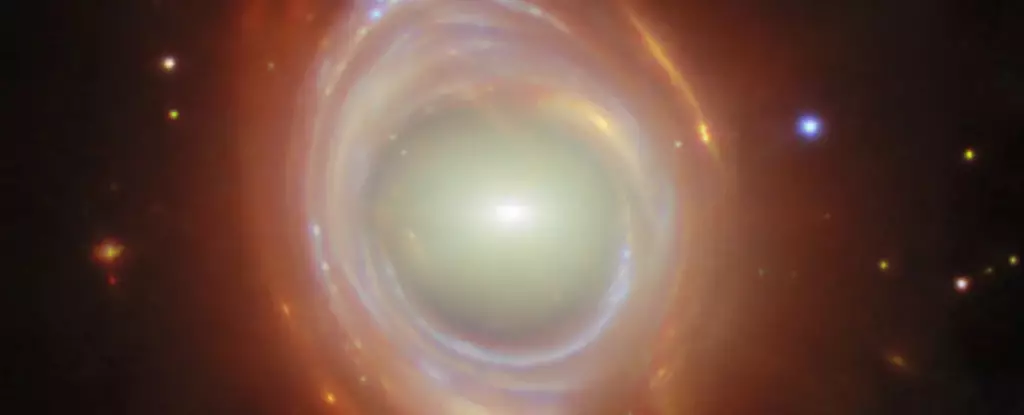When discussing the profound implications of general relativity, one of the most captivating manifestations is the gravitational deflection of light. This phenomenon, first validated during a total solar eclipse in 1919, has reshaped our understanding of the cosmos. Imagine witnessing stars seemingly shift in their positions—a kaleidoscope of celestial wonder created by the warping of spacetime. This appears not just as a theatrical dance of light but as a beacon of scientific validation for Einstein’s groundbreaking theories.
The Magic of Gravitational Lensing
Gravitational lensing occurs when the light from a faraway galaxy is bent around a closer massive celestial body. This effect serves as both a cosmic window and a magnifying glass, allowing astronomers to scrutinize distant stars and galaxies that were previously beyond our observational capabilities. It is a sweet irony that something as robust as gravity, which often represents limitation, can facilitate such expansive discovery; instead of hindering our gaze into the universe, it enhances it. The beauty of this effect lies not just in the light that reaches us, but in the intricate shapes it forms as it weaves around these cosmic giants.
The Enigma of the Einstein Ring
Among the most stunning results of this gravitational artistry is the formation of an Einstein Ring. When a distant galaxy is flawlessly aligned behind another galaxy, it creates what appears to be a perfect circle of light. Astronomically speaking, it’s a moment of cosmic serendipity that illustrates the magnificence of universal design. Despite Einstein’s skepticism in 1936—his assertion that direct observation was unlikely—modern advancements in telescope technology have turned what was once a dream into a reality. The James Webb Space Telescope (JWST) has led the charge in discovering these cosmic marvels, showcasing the awe and wonder of space in unprecedented detail.
A Case Study in Cosmic Alignment
The latest breathtaking example of an Einstein Ring, observed by the JWST, involves a spiral galaxy, resembling our Milky Way, that is illuminated by the warped gravitational field of an elliptical galaxy in a massive cluster known as SMACS J0028.2-7537. The juxtaposition of the two galaxies, billions of years apart in distance but aligned in elegance, reveals the sheer wonder of cosmic interconnectedness. It provokes a delightful contemplation on perspective—where the observer stands in the universe can transform a simple observation into a profound experience of beauty and complexity.
The Philosophical Implications of Cosmic Observation
Such astronomical wonders present more than just scientific phenomena; they inspire philosophical questions regarding perception and appreciation. The reality that astronomers operating in other galaxies wouldn’t experience the same breathtaking images raises fascinating discourse about the subjective nature of beauty and existence. It showcases the idea that our vantage point not only colors our understanding of the universe but the emotional and aesthetic experience as a whole.
The allure of gravitational lensing, particularly in its ability to conjure such exquisite displays in the vast, dark canvas of space, reaffirms our place and curiosity within the cosmos. As we continue to push the boundaries of our observational capabilities, we unlock more than the secrets of the universe; we uncover deeper layers of connection and wonder that can only be appreciated through the lens of time and space.


Leave a Reply